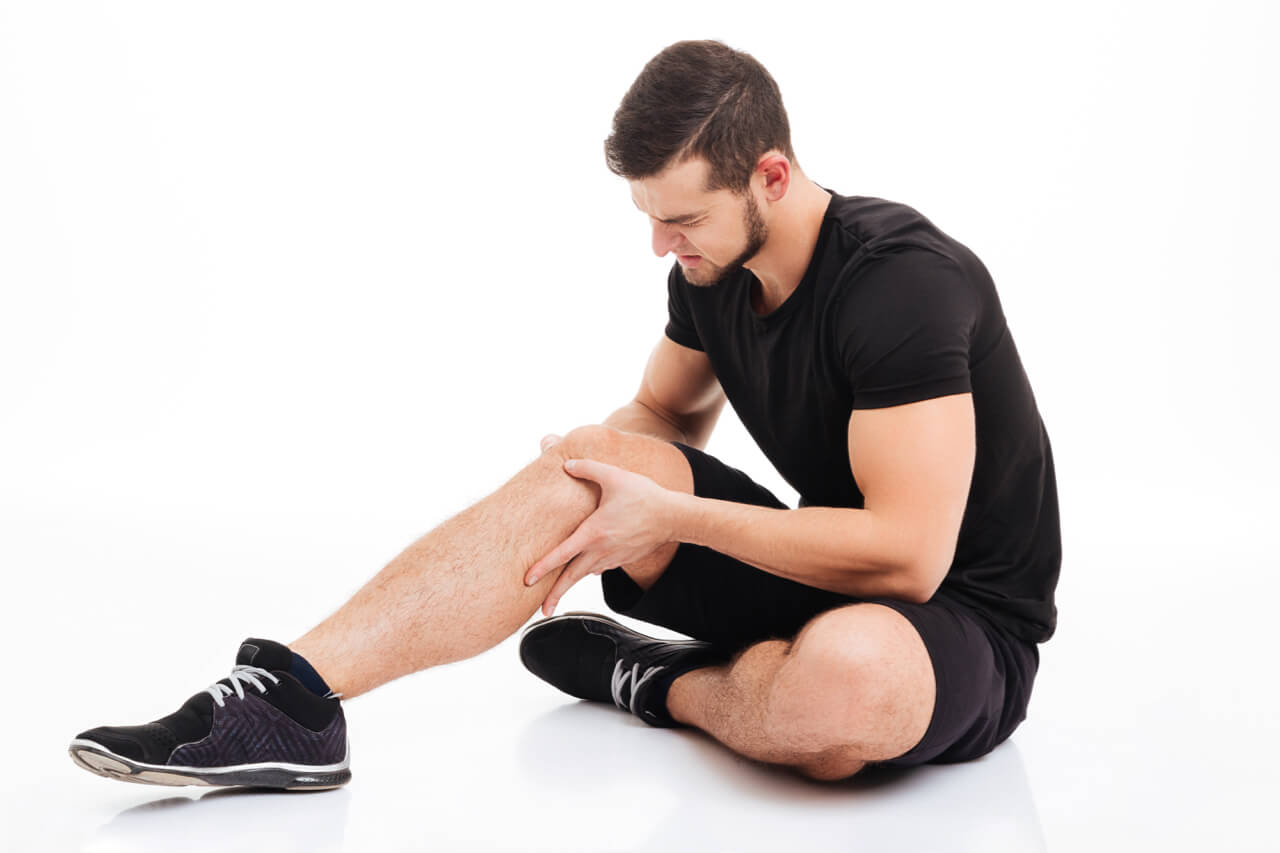Strained muscles are among the most common of sporting injuries, and depending upon the severity, can sideline you for weeks. This can be especially problematic if the season is just starting and you miss out on participating in your usual position, giving another player the opportunity to take your place.
Strains can also interfere with the finals, and could deny your team the championship. To some extent, it’s impossible to avoid strains altogether, but there are ways to minimize the chances of getting one. Treating a strain correctly after one has occurred can get you back on the field faster, too.
What Is a Strained Muscle?
It’s not uncommon for people to confuse strains and sprains, but they are completely different – a strain is an injury to a muscle while a sprain is damage to a joint and the ligaments and/or tendons.
Put simply, a strained muscle occurs when a muscle has been overstretched, resulting in the muscle fibers actually being torn.
A really bad strain can cause the muscle to rupture or be torn right off the bone. There are symptoms associated with a strained muscle:
- Pain
- Swelling
- Bruising
- Weakness
- Restricted movement
One of the most common muscle strains to occur in football is to the hamstring muscles. These muscles run down the back part of the thigh, and a strain here can definitely sideline you. Muscle strains are graded on a scale of 1 to 3, with progression from a small tear at 1, to a complete rupture of the muscle at 3.
Causes of Muscle Strains
A number of factors will determine whether or not you strain a muscle, and also on how severe the strain will be.
While it would be impossible for any player to be guaranteed a strain-free playing season, muscle strains are more likely to occur under certain conditions.
- A lack of proper warming up. Stiff muscles are more likely to be injured, especially in colder weather.
- The muscles simply are not strong enough to hold up to the strenuous action required in football.
- If you’re playing after a rain, the field may be slippery, increasing the possibility of a muscle strain.
- You simply aren’t running correctly, and are overextending your legs, putting more strain on the leg muscles.
- Undiagnosed back problems can lead to muscle injuries.
There is also a random factor to strained muscle injuries; despite all your precautions and preparations, a muscle strain can also sometimes occur.
Treating a Muscle Strain
The primary goal, after suffering from strained muscles, is to get back onto the field as quickly as possible. While being sidelined is frustrating, there are certain ‘rules’ that need to be observed if you want the strain to heal:
- Rest is paramount. You need to give the strain time to heal. This is not to say that you should remain immobile, but avoid activities that cause pain to the damaged muscle.
- Ice should be applied to the strained muscle. This should be done 3 times a day for no longer than 20 minutes at a time. Be sure to wrap the ice in a towel to prevent damaging your skin – you can actually get frostbite by putting ice directly on your skin.
- Use an elastic bandage to apply compression. This helps to reduce swelling. You should be able to insert two fingers beneath the bandage; you do not want to cut off circulation.
- Try to elevate the damaged muscle above the level of your heart. If this is a hamstring strain, you will have to spend some time on your back.
Remedial Massage therapy should be used in conjunction with the above treatments to hasten recovery and get you back onto the field.
- Strained muscles are often not only stiff, but knotted, and sports massage therapy can help to gently loosen those painful, tight muscles.
- Increased blood flow to the affected muscle will hasten healing as more oxygenated blood is brought to the area.
- Better circulation helps to remove fluids that are causing swelling.
- Pain relieving endorphins are released during massage.
While many players may seek massage therapy after an injury, regularly scheduled massages are also a good way to keep muscle tone at its peak before an injury occurs.
